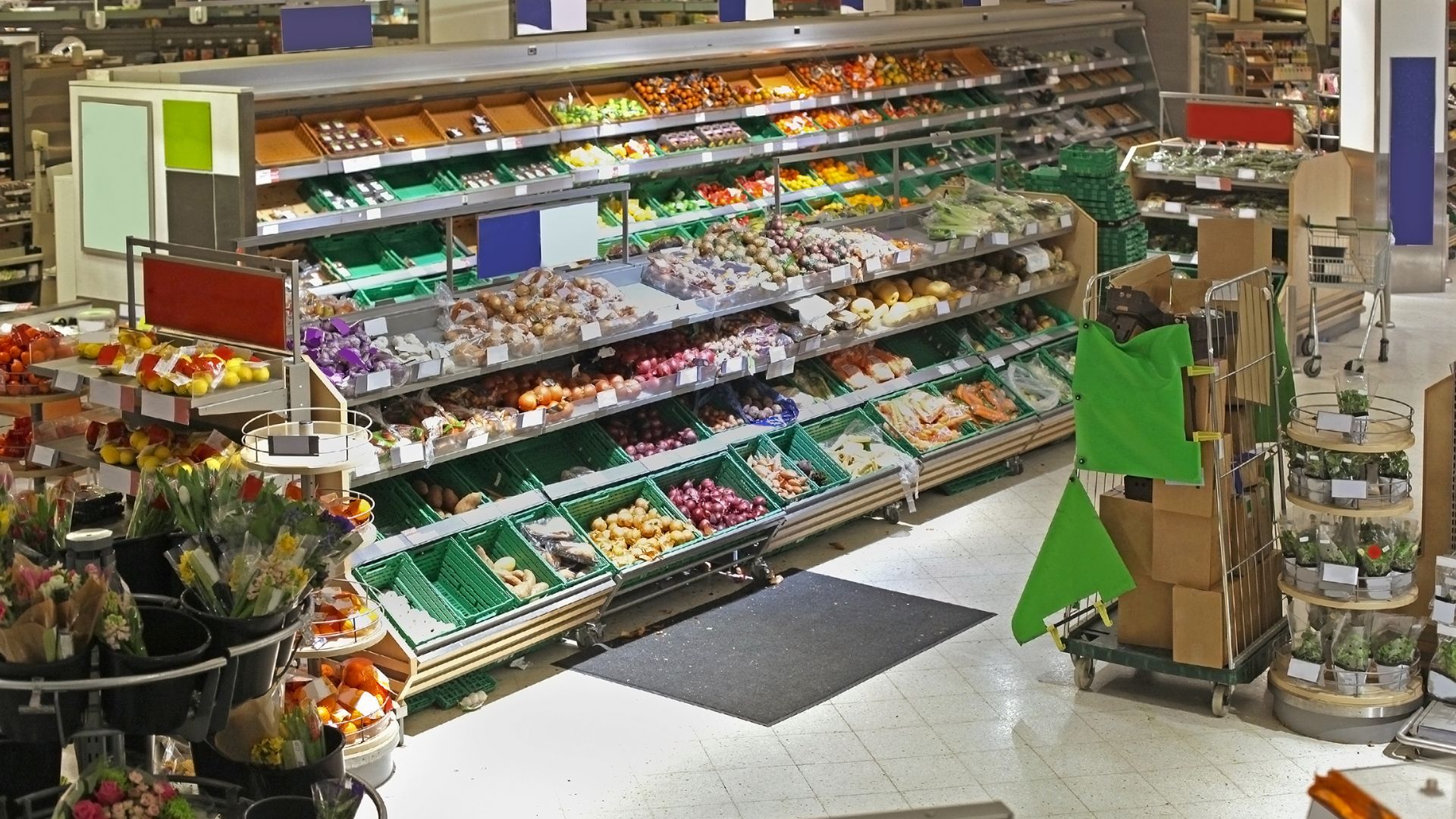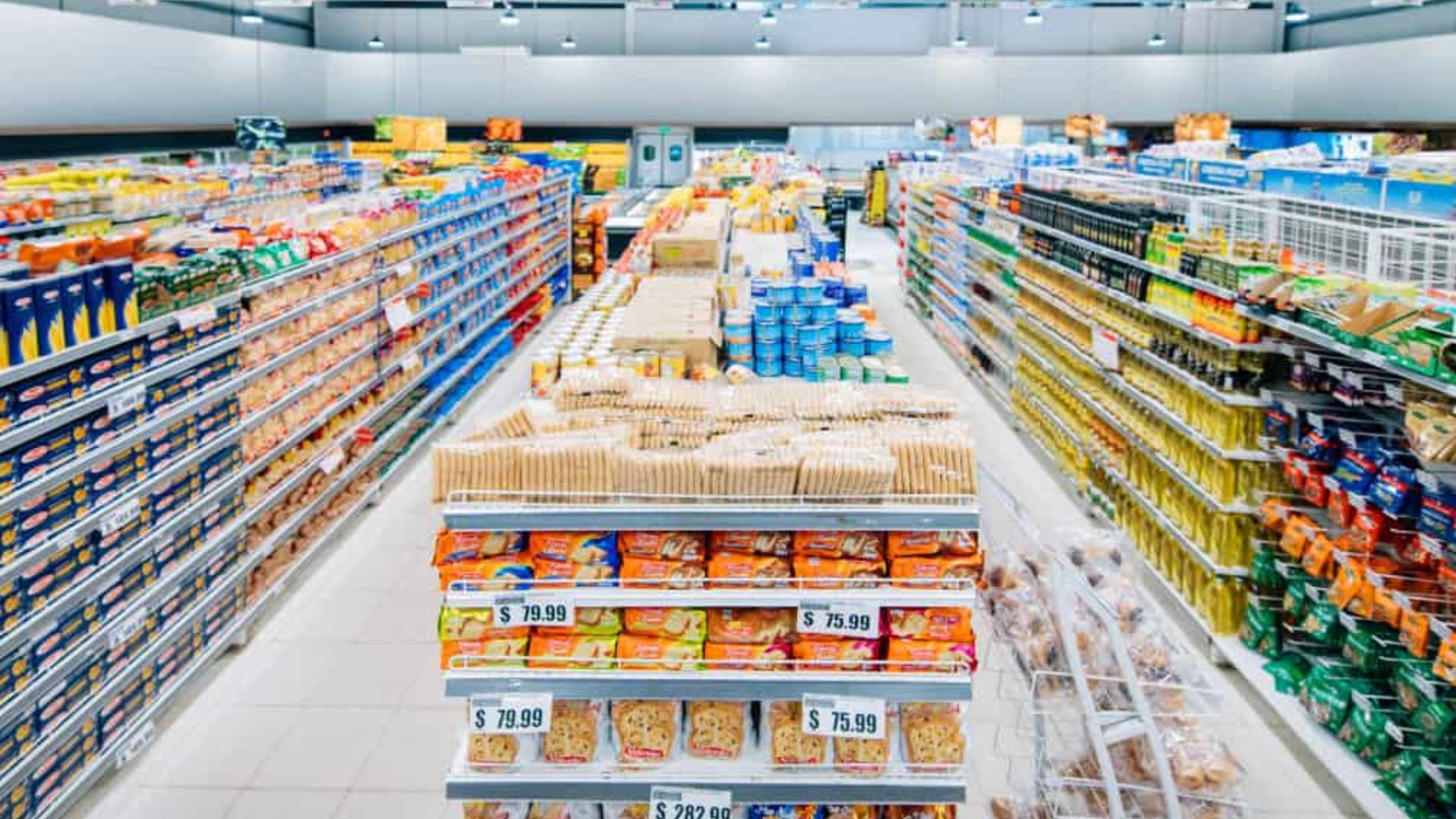One of the biggest challenges retailers face today is ensuring that merchandising strategies, promotions, and product availability are consistently executed across all store locations. Inconsistent execution can lead to missed sales, frustrated customers, and a disjointed brand experience. Whether it's communication breakdowns between corporate and store teams or a lack of visibility into in-store operations, the struggle to maintain uniformity is real. However, mastering in-store execution is crucial for creating seamless shopping experiences that drive sales and build customer loyalty. In this article, we'll dive into the key components, challenges, and strategies for improving in-store execution in retail.
What is In-Store Execution?
In-store execution refers to implementing retail merchandising and promotional strategies within physical stores. It ensures that products are correctly placed, prices are accurate, and promotional displays align with brand standards. Effective in-store execution plays a crucial role in enhancing the customer experience, ensuring product availability, and maintaining consistent brand representation across multiple store locations.
At its core, the goal of in-store execution is threefold:
- maximizing sales,
- optimizing customer satisfaction, and
- maintaining brand consistency.
When done well, it ensures that customers can easily find products, are encouraged to make purchases, and leave the store with a positive impression of the brand.
To achieve these goals, several key components of in-store execution must be managed effectively.
Types of In-Store Execution
In-store execution covers a wide range of activities, each critical for ensuring a seamless shopping experience and effective store management. Here are the main types of in-store execution that retailers need to focus on:
Product Placement Execution
This involves strategically placing products in high-traffic areas to increase visibility and sales. Product placement is crucial for influencing customer behavior, ensuring that key items are easy to find, and positioning impulse-buy products near checkout counters or entry points.
Promotional Execution
Promotional execution focuses on ensuring that promotional displays, signage, and pricing are correctly implemented according to the brand's strategy. This includes setting up temporary displays, end caps, or promotional stands to highlight special offers or seasonal products, creating a visually compelling reason for customers to engage with the promotions.
Shelf Stocking and Replenishment Execution
Maintaining full shelves is key to preventing stockouts and maximizing sales. Replenishment execution ensures that inventory is regularly checked and that shelves are consistently restocked with popular items. This also includes maintaining proper shelf-facing standards, where products are neatly arranged and easy to reach.
Pricing and Labeling Execution
Accurate pricing and labeling are essential to building customer trust. This type of execution ensures that price tags, promotional labels, and product descriptions are correctly displayed, matching what is reflected at checkout. Inaccurate pricing can lead to customer dissatisfaction and damaged store reputation.
Planogram Compliance Execution
Planograms are visual guides that specify how products should be arranged on shelves to optimize space and visibility. Planogram compliance ensures that stores follow these guidelines to maintain consistency across all locations. This helps in aligning with brand strategies, enhancing the customer experience, and boosting sales of specific product categories.
Store Cleanliness and Visual Merchandising Execution
Keeping the store clean and visually appealing is an important type of in-store execution. This involves ensuring that the store layout, decor, and lighting enhance the customer shopping experience. Clean and organized stores not only create a positive shopping atmosphere but also encourage customers to spend more time browsing.
Customer Service Execution
Customer service is an integral part of in-store execution. This includes training store staff to be knowledgeable about products, promotions, and brand values, ensuring they can provide excellent service. Well-trained staff can improve the customer experience, boost sales, and foster brand loyalty.
Technology Integration Execution
With the rise of retail technology, many stores now rely on tools such as real-time inventory tracking, smart mirrors, or digital price tags. Executing these technologies correctly ensures seamless operation, enabling smoother shopping experiences and better management of store resources.
These types of in-store execution are the foundation for delivering consistent, high-quality shopping experiences and achieving retail success.
Key Components of Successful In-Store Execution
For in-store execution to be effective, several critical components must be carefully managed and maintained.
1. Product Placement and Visibility
Ensuring that products are placed in high-traffic areas and are easily visible to customers is a key aspect of in-store execution. Proper placement influences purchasing decisions and can increase sales by making it easier for customers to locate and access products.
2. Shelf Stocking and Replenishment
Keeping shelves fully stocked is essential for preventing lost sales. Regular replenishment of inventory ensures that popular items are always available, minimizing stockouts that could lead to customer frustration.
3. Promotional Display Setup
In-store promotions often play a major role in attracting customers. Well-executed promotional displays must be eye-catching and strategically positioned to draw customer attention while maintaining brand consistency.
4. Pricing Accuracy
Accurate pricing is crucial in maintaining customer trust. Discrepancies between shelf prices and checkout prices can lead to negative experiences, which can harm a store’s reputation and customer loyalty.
5. Overall Store Cleanliness and Appearance
The appearance of a store directly impacts the customer experience. Clean, organized, and visually appealing stores encourage customers to spend more time shopping, which can increase sales.
While these components are essential for success, retailers often face several challenges when attempting to execute them consistently across multiple store locations.
Also read: Perfect Store Execution: Setting New Standards To Win At The Retail Shelves
Challenges in In-Store Execution
Despite the importance of in-store execution, retailers often encounter significant obstacles that hinder effective implementation.
- Multiple Store Team Responsibilities: Store employees are often tasked with juggling multiple responsibilities, from customer service to stock management. This can lead to inconsistent execution of merchandising and promotional strategies.
- Communication Gaps Between Headquarters and Stores: Miscommunication between corporate headquarters and individual stores can result in poor execution of promotions or inconsistent product displays. This can dilute brand messaging and reduce the effectiveness of marketing efforts.
- Measurement and Accountability Issues: Without proper monitoring and measurement, it’s difficult to hold store teams accountable for execution. Retailers need clear guidelines and tools to ensure that in-store initiatives are being implemented correctly.
- Overwhelming Store Responsibilities: Store managers and employees often have overwhelming workloads, making it challenging to stay on top of everything from inventory management to promotional displays. This can result in neglected tasks and suboptimal execution.
Addressing these challenges requires clear strategies and the use of data-driven solutions to improve in-store execution.
Strategies for Improving In-Store Execution
Retailers can adopt several effective strategies to enhance the consistency and effectiveness of in-store execution. Below are key strategies with real-world examples from various industries to demonstrate their impact.
Utilizing Planograms for Consistent Execution
Planograms serve as essential visual guides for ensuring consistent product placement and display setup across multiple store locations. A global cleaning products company, operating in over 5,000 modern trade outlets, leveraged ParallelDots’ ShelfWatch to automate planogram audits. This solution significantly improved their on-shelf availability (OSA) by 25% within three months. With 100+ SKUs across multiple categories, the automated audits ensured that key products were placed correctly, enhancing visibility and boosting sales. By maintaining uniformity in product placement, the company preserved brand integrity while driving greater compliance and performance in every store.
Setting Up Effective and Attractive In-Store Displays
Engaging in-store displays is essential for attracting customer attention and driving impulse purchases. A large personal care company utilized ParallelDots’ ShelfWatch to monitor and ensure compliance with in-store promotional displays across 2,000 outlets. With ShelfWatch delivering 95% SKU-level accuracy and detailed Share of Shelf insights, the company created consistent, visually appealing displays that resonated with customers. The seamless user experience reported by field reps, combined with cost savings and higher accuracy, helped maximize promotional impact and improve overall sales performance. By ensuring timely and accurate setup of displays, the company significantly boosted in-store engagement.
Leveraging Data and Technology for Better Inventory Management
Technology plays a crucial role in managing inventory and ensuring products are always available for customers. A global food products company leveraged ParallelDots’ ShelfWatch to track and manage inventory across 200,000 General Trade outlets. With 84% accuracy compared to manual audits, the company saw a significant improvement in inventory management. ShelfWatch enabled the client to increase cooler planogram compliance by 80% and cooler purity compliance by 70%, ensuring that branded products were placed in the correct locations and competitor products were minimized. This real-time data allowed the company to shift from monthly to weekly audits, improving restocking efficiency and driving a double-digit sales lift through better in-store execution. The company minimized lost sales and enhanced overall inventory management by streamlining operations and ensuring that shelves and coolers were consistently stocked with the right products.
Training Staff for Better Product Knowledge and Customer Service
A well-trained staff is critical for maximizing in-store execution and ensuring that products are displayed accurately. A global food products company leveraged ParallelDots' ShelfWatch across more than 200,000 General Trade outlets to enhance cooler performance and improve staff productivity. By training employees to understand and monitor product placement and cooler usage, the company saw a significant increase in ROI from their visi-cooler investments. With 97%+ accuracy in planogram execution, ShelfWatch enabled the sales reps to take corrective actions on the spot, ensuring promotional displays were executed correctly and boosting overall product visibility. This approach not only improved staff efficiency but also contributed to a double-digit sales lift by ensuring that employees were well-equipped to handle product placement and store execution challenges, ultimately delivering a better customer experience.
These strategies, when implemented effectively, can significantly improve in-store execution, ensuring that operations run smoothly and that customers have a consistent, satisfying shopping experience across all store locations. Improving in-store execution also has significant operational and financial impacts, directly influencing store performance and profitability.
Also read: Strategies for Retail Product Placement in Stores
Operational Efficiency and Financial Impact
Effective in-store execution not only enhances the customer experience but also plays a crucial role in driving operational efficiency and financial performance. By ensuring that products are always available and prominently displayed, retailers can boost sales and profit margins, as customers are more likely to make purchases. On the other hand, poorly executed promotions can lead to missed sales opportunities and tarnish brand reputation, making it essential to implement promotions correctly to maintain customer loyalty. Automation tools like ParallelDots’ SmartGaze further streamline store operations by providing real-time stock-level data, minimizing the need for manual inventory checks, and improving overall efficiency. Consistently executing in-store strategies allows stores to meet sales targets, enhance customer satisfaction, and improve long-term store performance. Ultimately, well-executed in-store initiatives contribute to smoother operations, higher customer engagement, and greater financial success.
The benefits of in-store execution extend beyond operational efficiency, offering numerous advantages for both retailers and customers.
Benefits of Effective In-Store Execution
Implementing strong in-store execution strategies can provide significant benefits that improve customer satisfaction and foster brand loyalty.
- Enhanced Customer Experience and Satisfaction: When customers can easily find products, receive accurate information, and enjoy a visually appealing store, they are more likely to have a positive shopping experience.
- Increased Sales and Profit Margins: Well-executed in-store strategies drive sales by ensuring that products are always available and promotions are attractive and easy to engage with, leading to higher profit margins.
- Fostering Trust and Loyalty Through Brand Consistency: Consistent execution across all store locations builds trust with customers, as they know they can rely on the brand to deliver the same experience every time they shop.
- Creating Memorable Shopping Experiences: Effective in-store execution can create memorable shopping experiences that encourage repeat visits and long-term customer loyalty.
To further enhance in-store execution, retailers can leverage advanced technology to monitor, measure, and improve their processes.
Using Technology to Improve In-Store Execution
Technology is playing an increasingly pivotal role in ensuring that in-store execution is efficient, consistent, and data-driven. Advanced digital tools such as ParallelDots’ ShelfWatch enable real-time monitoring of store operations, ensuring that merchandising strategies are implemented consistently across all locations. With real-time data visibility, store teams can quickly identify and address issues like out-of-stock items or incorrect pricing, which helps minimize disruptions to sales and customer satisfaction. Tools like SmartGaze automate crucial tasks, such as stock checks and tracking planogram compliance, ensuring that products are properly displayed and promotions are executed accurately. This automation not only improves operational efficiency but also boosts sales by optimizing product placement and availability.
With the help of technology and effective strategies, retailers can achieve seamless in-store execution and realize long-term benefits.
Also read: Future of Automation in Retail: Efficiency and Customer Satisfaction
Conclusion
Mastering in-store execution is essential for retailers looking to drive sales, enhance customer satisfaction, and maintain brand consistency across all locations. By focusing on key components like product placement, promotional displays, and inventory management, retailers can overcome the common challenges of inconsistent execution. With the right strategies, backed by data-driven technology such as ParallelDots' ShelfWatch and SmartGaze, retailers can ensure efficient operations, accurate execution, and an optimized shopping experience for their customers.
To take your in-store execution to the next level, explore how ParallelDots’ AI-driven solutions can streamline your processes and boost performance. Book a demo today and discover how their tools can help you improve product placement, monitor compliance, and maximize your store's potential for increased sales and customer loyalty.


